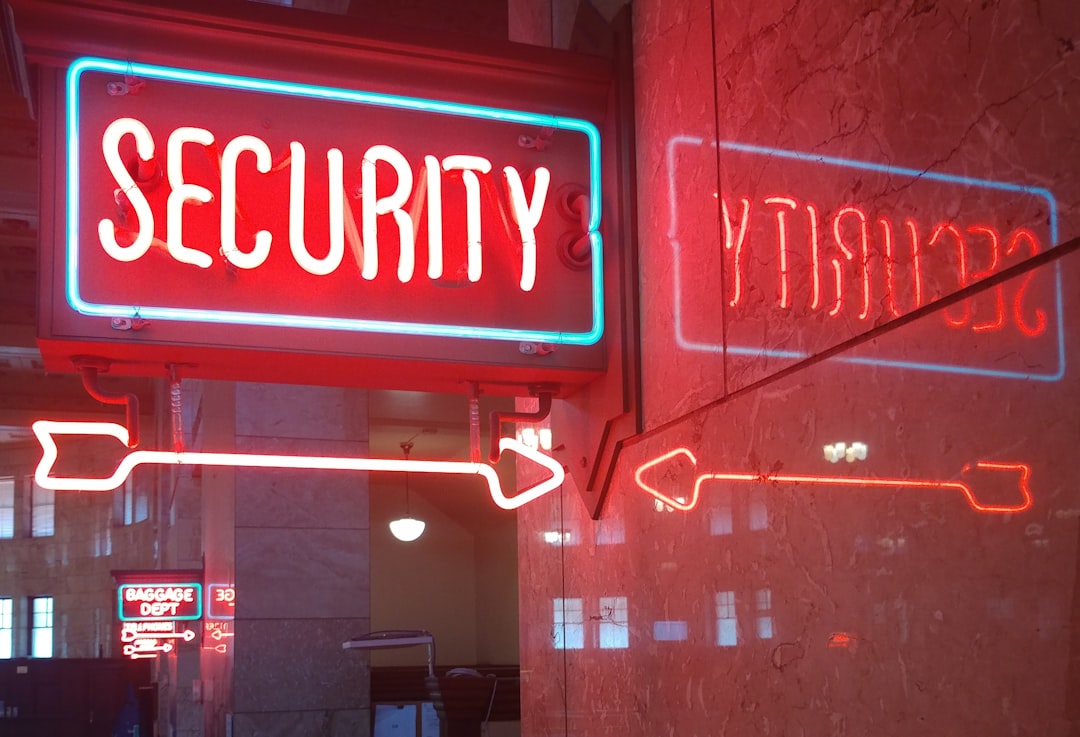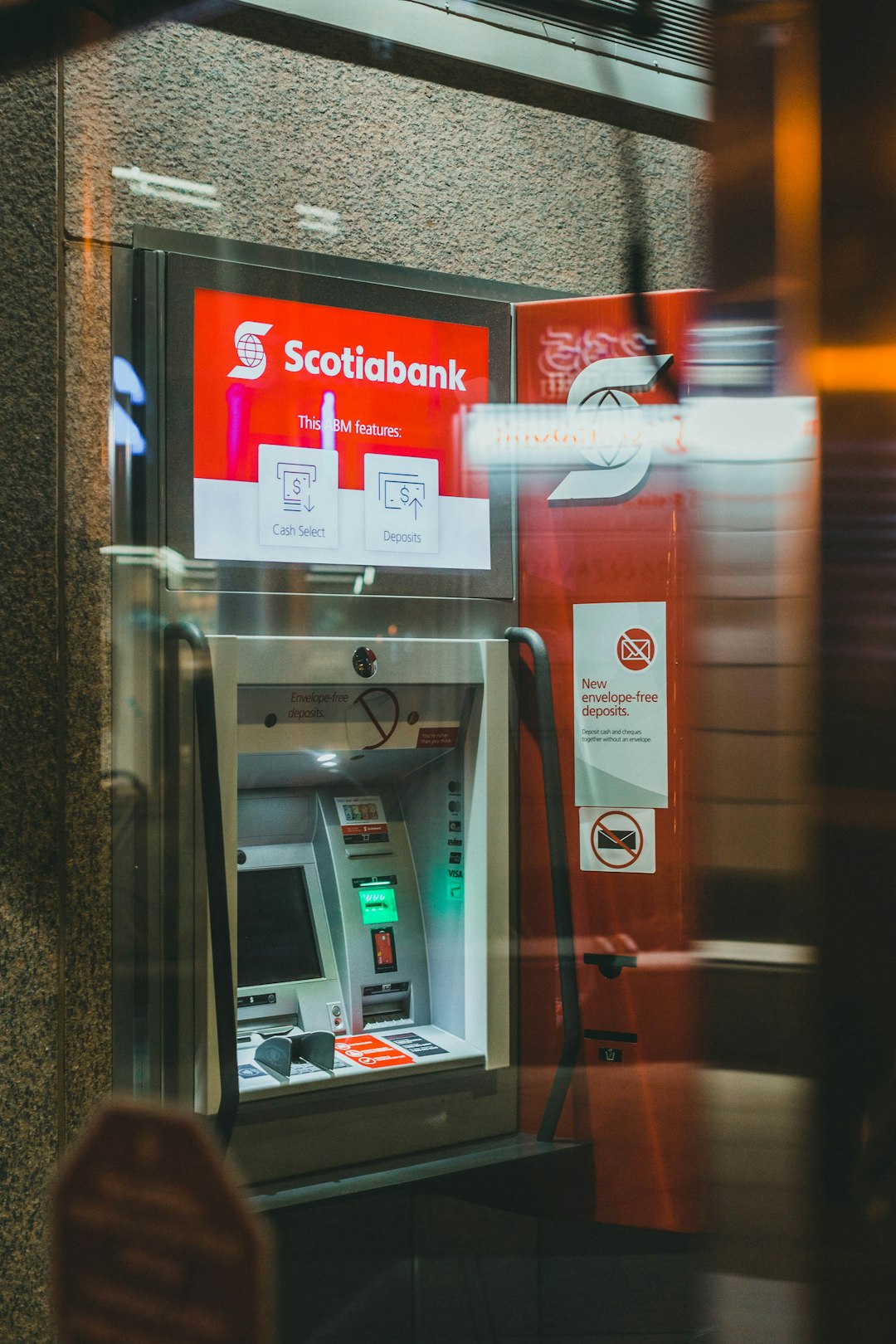Have you ever received a call saying, “You just won a free cruise!” or an email asking for your password? If so, you’ve likely been a target of identity theft. But don’t worry—we’re here to explain it all in simple words. No techy puzzles. No jargon soup.
What is Identity Theft?
Identity theft happens when someone steals your personal information and pretends to be you. They do this to commit fraud or gain things like money, credit, or services in your name. Nasty, right?
Your personal data could include:
- Full name
- Social Security number
- Bank details
- Login credentials
- Driver’s license number
Once a thief has this info, they can take loans, open accounts, file taxes, or even go shopping—all under your name!

How Do They Steal Your Identity?
There’s more than one sneaky way crooks get your info. In fact, they use all kinds of tricks. Here are some of the most common techniques:
1. Phishing
This is a fake message that looks super real. It could be an email, text, or even a phone call. The goal? Trick you into handing over your private info.
2. Data Breaches
Hackers break into big company databases and grab the information of millions of users. Yup, even your favorite online store could get hacked.
3. Dumpster Diving
It may sound gross, but it’s real. Some thieves go through the trash to find bills, account statements, or anything with your name and numbers.
4. Skimming
This involves sneaky devices placed on ATMs or card readers. These gadgets steal your card details the minute you swipe.

What Can They Do with Stolen Info?
Once a thief has your identity, they can cause chaos. Serious chaos.
- Open credit cards in your name
- Buy stuff and leave you the bill
- Access your bank account
- Use your health insurance
- File fake tax returns for refunds
It’s like having an evil twin. A very expensive one.
Signs You Might Be a Victim
Sometimes, victims don’t realize what’s happening until it’s too late. Here are warning signs to watch for:
- Unknown charges on your bank statement
- Letters about accounts you didn’t open
- Denied loans or credit without reason
- Bills for services you never used
- Your credit score suddenly drops
How to Protect Yourself
Phew! Now that you know how bad identity theft is, let’s look at ways to stop it in its tracks.
1. Use Strong Passwords
Make sure passwords are long, unique, and include numbers and symbols. Don’t use “123456” (Seriously, people still use that!).
2. Monitor Your Accounts
Check your bank and credit statements often. If anything looks weird, act fast!
3. Shred Documents
Before tossing old bank papers, shred them. Don’t let your trash become someone’s treasure.
4. Be Wary Online
Only share personal info on secure, trusted websites. Look for “https” in the URL.
5. Enable Two-Factor Authentication
This adds an extra step when logging in. Even if someone knows your password, they’ll be blocked.
What To Do If You’ve Been Hacked
If identity theft happens to you, don’t panic. But act fast!
- Contact your bank or credit card company. Freeze or close affected accounts.
- Place a fraud alert on your credit record with one of the credit bureaus.
- Report it to your local police and the FTC’s Identity Theft site.
- Keep detailed records of phone calls, emails, and documents regarding the theft.
Final Thoughts
Identity theft is no joke. It can ruin your credit, your bank account, and even your peace of mind. But with a little care, caution, and quick action, you can stay safe.
So next time someone emails asking for your password, just laugh and say, “Nice try, scammer!”
